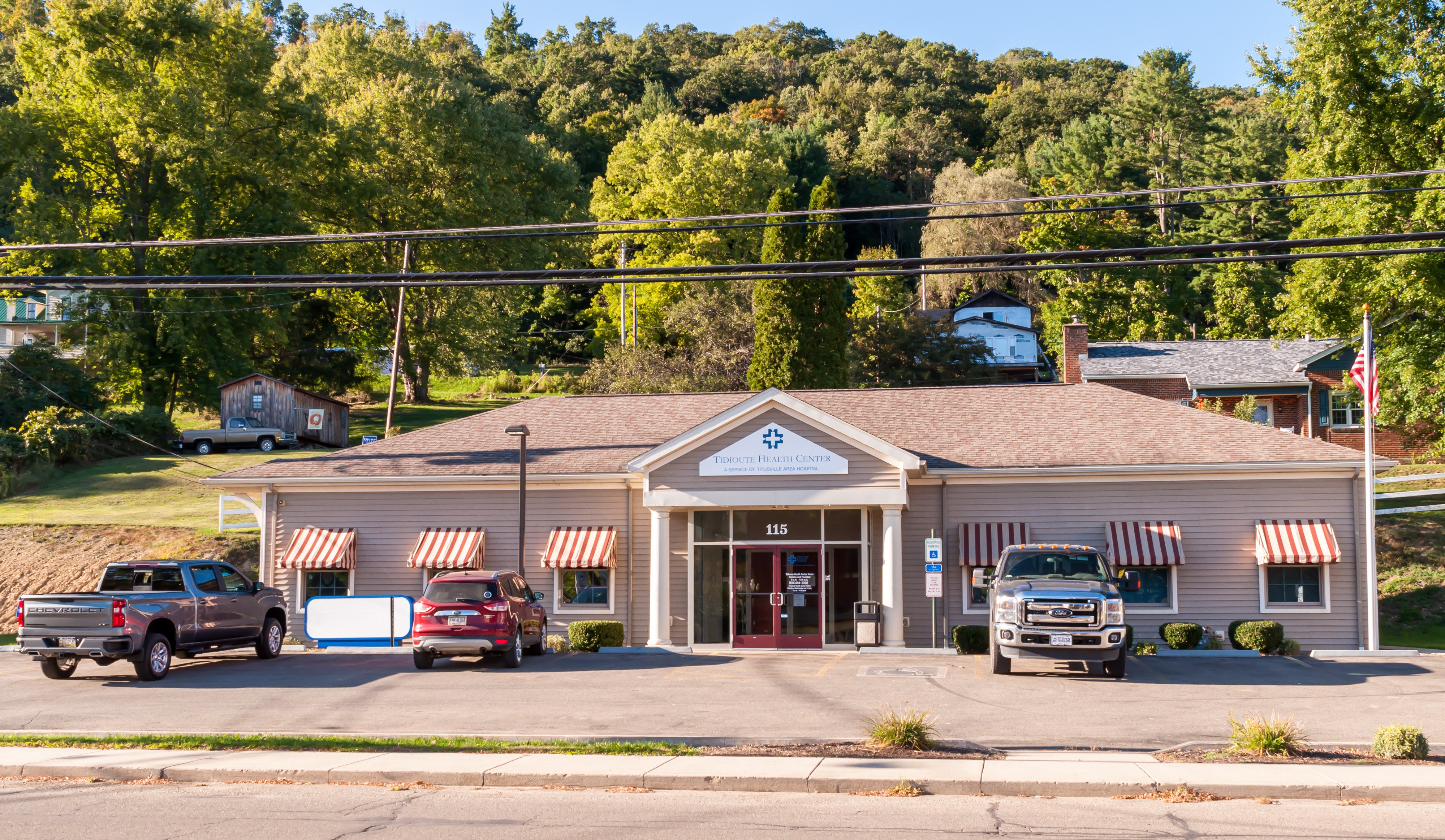The rise of chronic diseases and an aging population, happening contemporaneously with a decrease in skilled medical practitioners and facilities, leads to a dramatically increasing need to monitor patients remotely. Remote patient monitoring — RPM — allows healthcare providers to collect vital signs and other data from patients in their homes, which can then be used to improve patient outcomes and reduce healthcare costs while easing the strain on overburdened healthcare facilities and staff.
There are typically a lot of moving pieces to an RPM solution — but there are some things that all successful remote patient monitoring solutions will have in common.
Four Keys to a Successful Remote Patient Monitoring Solution
A successful RPM solution includes several key components – and if any of these components aren’t fit for purpose, chances of a successful implementation are dramatically decreased.
1. Reliable Wireless Connectivity
First and foremost, it must have reliable wireless connectivity to ensure that data can be easily and efficiently transferred from patients’ homes to healthcare providers. This is particularly important for patients with chronic diseases, such as diabetes or heart disease, who require frequent monitoring and adjustments to their treatment plans.
2. The RPM Solution Works with a Variety of Sensors and Devices
In addition to wireless connectivity, a successful RPM solution should also include a variety of monitoring devices and sensors. These can include devices for measuring vital signs, such as blood pressure and heart rate, as well as sensors for monitoring things like blood sugar levels via glucometers or continuous glucose monitoring (CGM) devices and oxygen levels via pulse ox devices.
These sensors will of course need wireless connectivity, or else another device will be required that provides connectivity for the sensors. This is often accomplished through tablets or smartphones. These types of devices are important not only because they can provide wireless connectivity to sensors but also because they can run the software used by the RPM service provider to gather, parse, and transmit data.
3. RPM Security, Management and Analysis Capabilities
Another key component of a successful RPM solution is a robust data management and analysis platform. This platform should be able to securely store and analyze patient data, and should also be able to generate meaningful insights and alerts for healthcare providers. This can include things like identifying patterns or trends in patient data, as well as alerting healthcare providers to potential issues that may require immediate attention – which is the greatest benefit of remote patient monitoring.
There is also the challenge of ensuring data security and privacy. With the sensitive nature of patient data, it’s crucial — and indeed, statutorily required by HIPAA and other laws — that RPM solutions can securely transfer and store data, and to protect patient data from unauthorized access. Security that’s bolstered by device management and analysis capabilities, of course, can create a virtuous circle in this regard.
3. Critical Logistical Requirements for RPM Solutions
Along with the above keys to RPM solution success there are also key logistical questions that will need to be considered for an RPM implementation to be a success.
- Will the solution be for the entire household, or for the patient only?
- What are the right sensors for this implementation?
- Are other devices needed?
- Where are the devices coming from, and who will be staging, kitting, and provisioning them?
- What kind of connectivity will those devices need, in terms of bandwidth and wired versus wireless connectivity, and will flexibility in carrier choice be important?
There are many benefits to remote patient monitoring, but implementing a successful RPM solution requires expertise across a variety of disciplines. A successful RPM solution includes a variety of monitoring devices and sensors, a robust data management and analysis platform, proper logistics, and crucially, reliable wireless connectivity.
If you’re struggling with how to ensure that your RPM solution will truly be successful, we’d love to talk things over with you and see where you’re at and how we can help wherever you are in your process.
Contact Us About Your RPM or Telehealth Solution Needs
Want more insights? Watch Kajeet’s GM of Enterprise Zach Kowalski and Carium’s CEO, Rich Steinle, talk with IoT World about what it takes to have a successful remote patient monitoring implementation.







.png)
